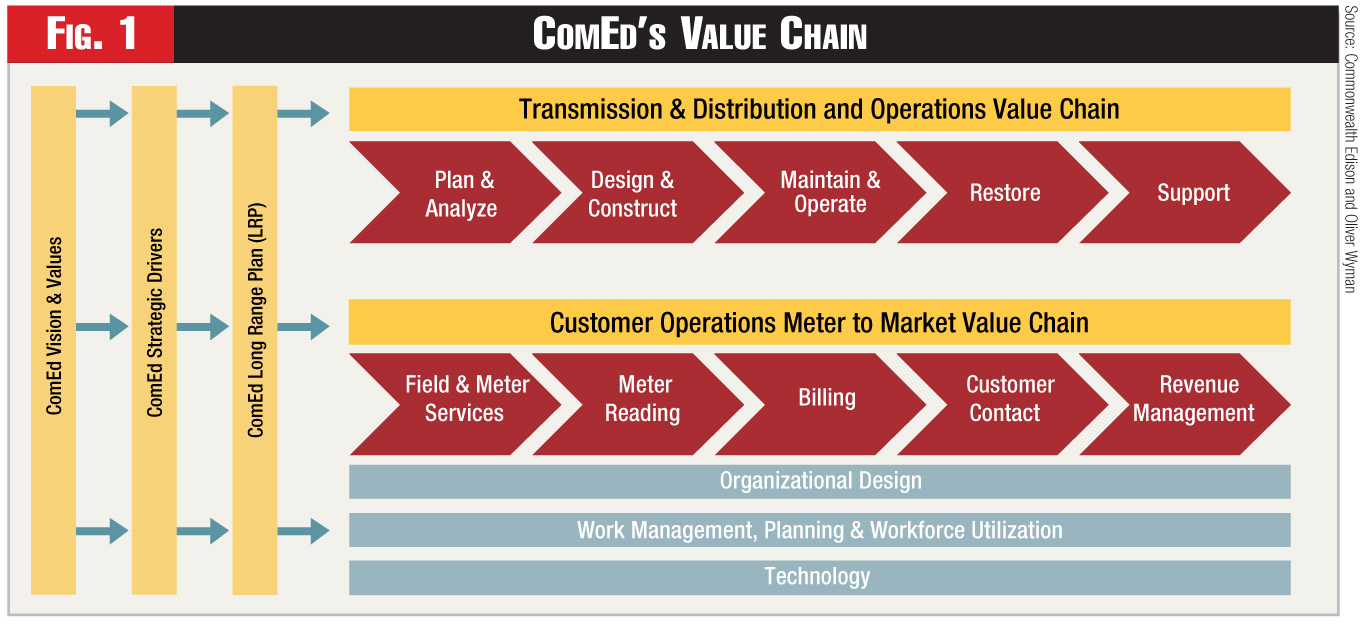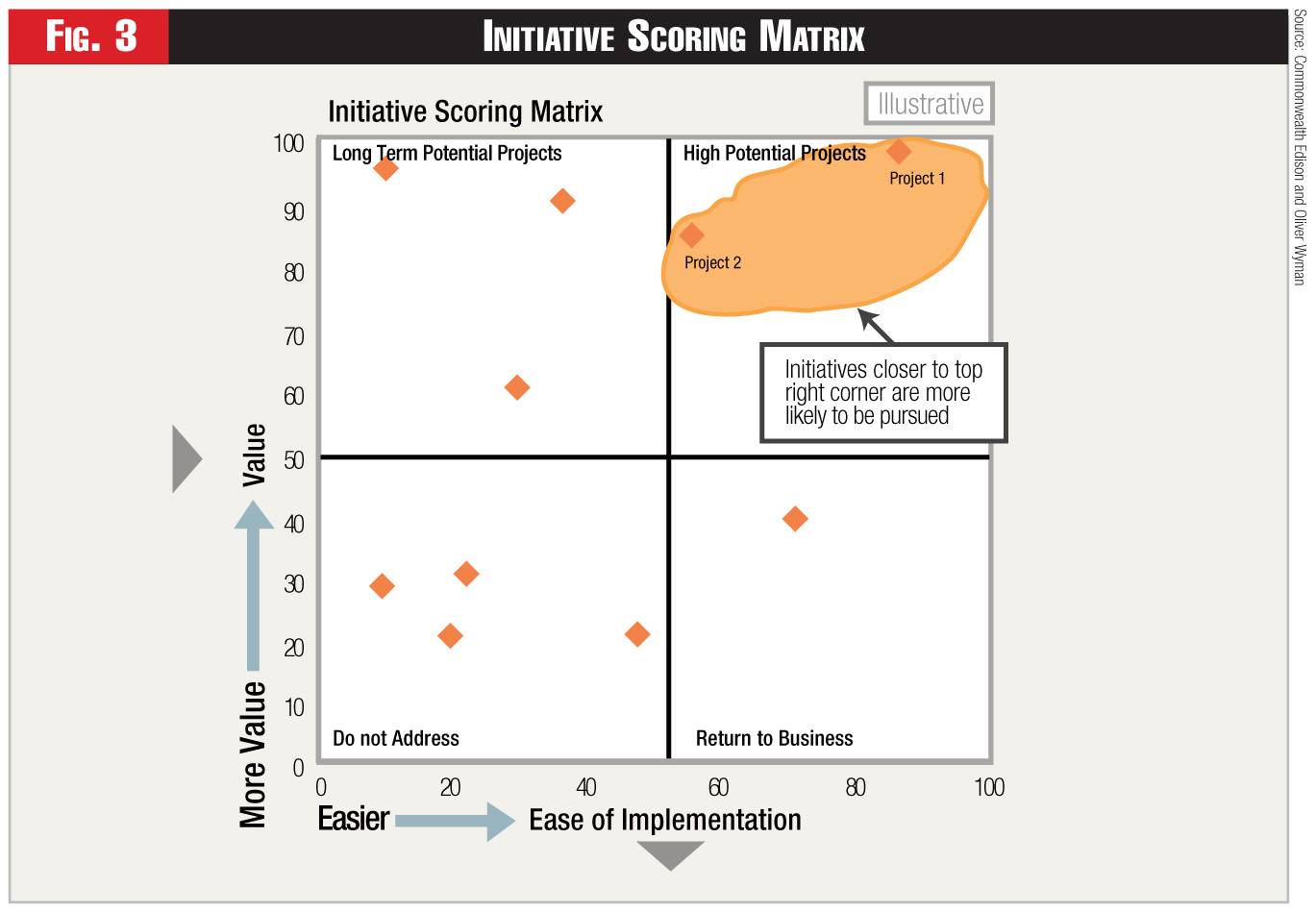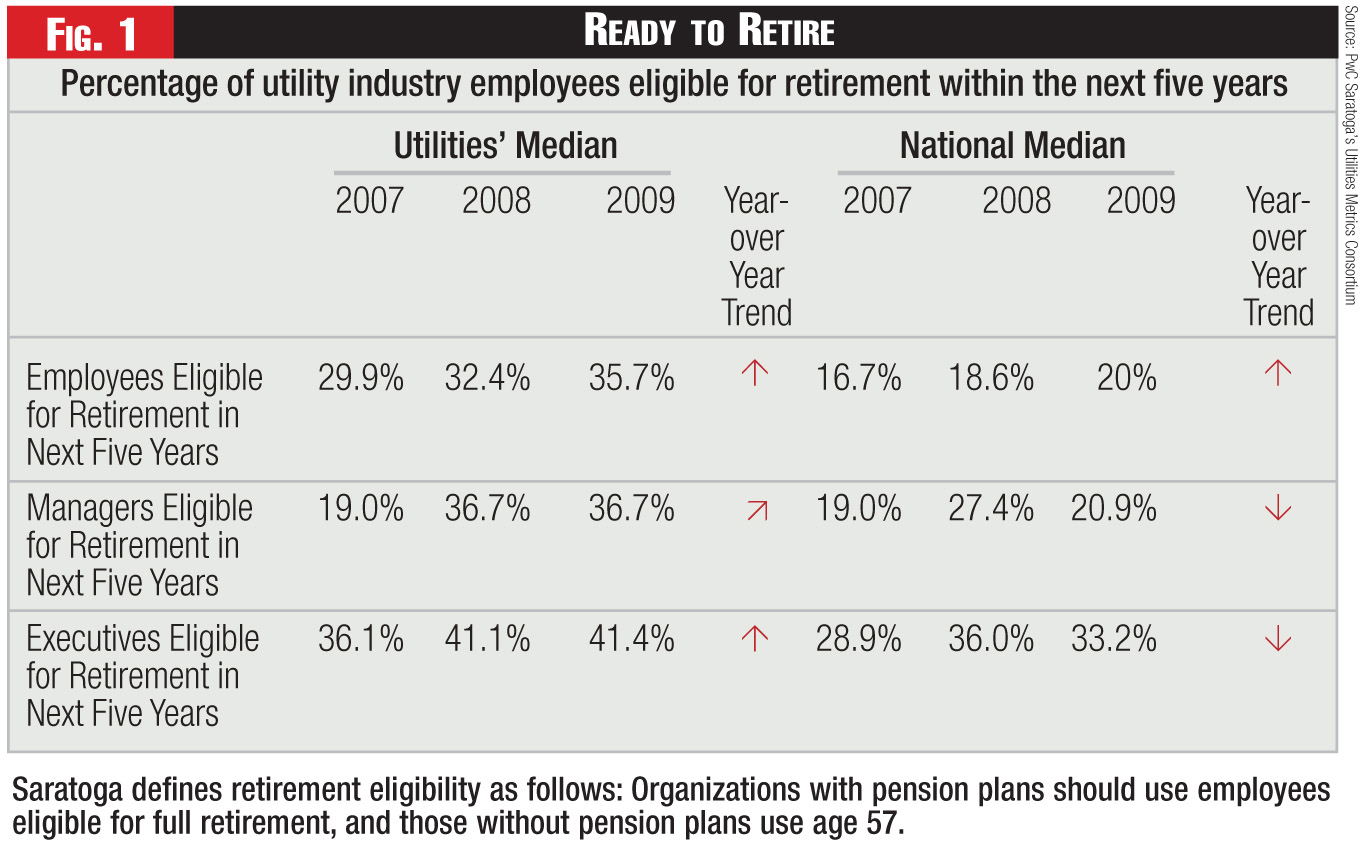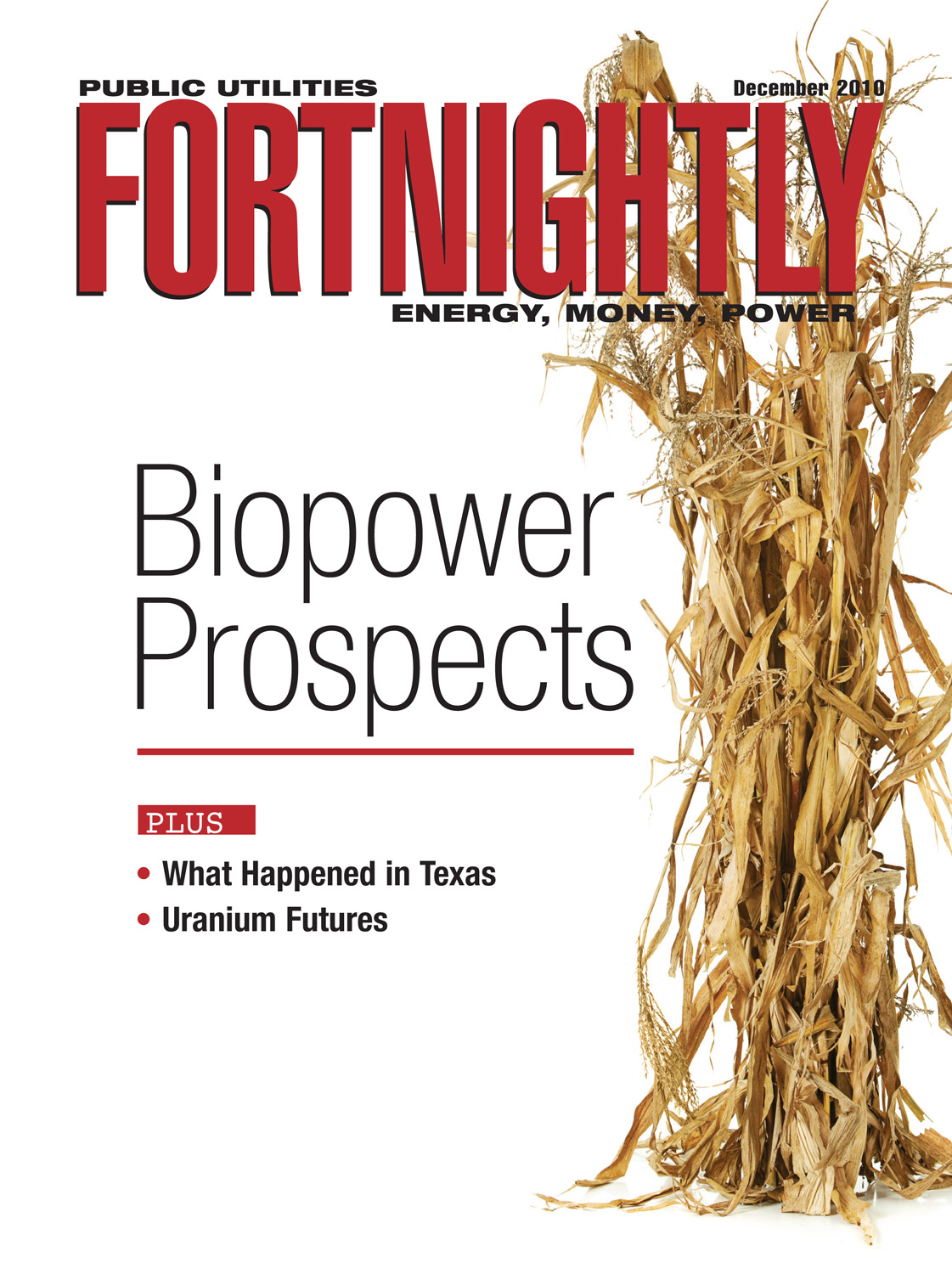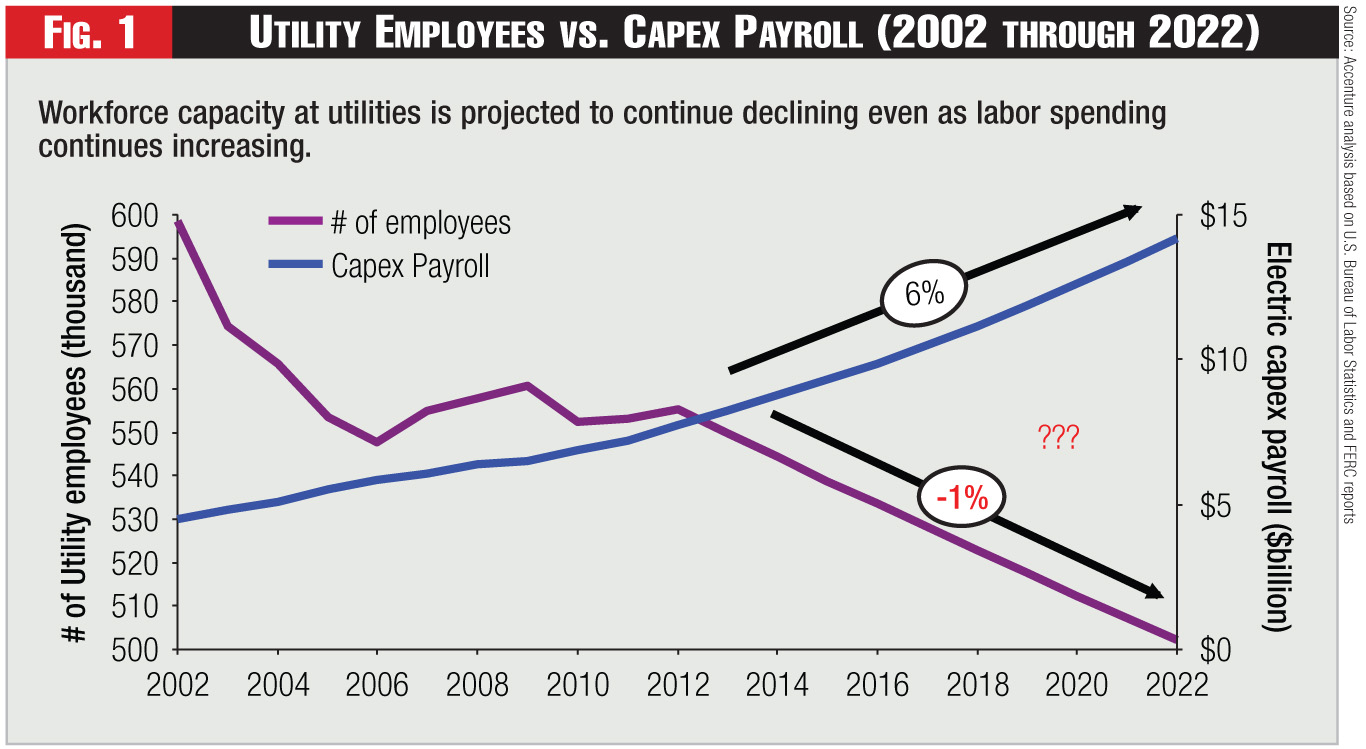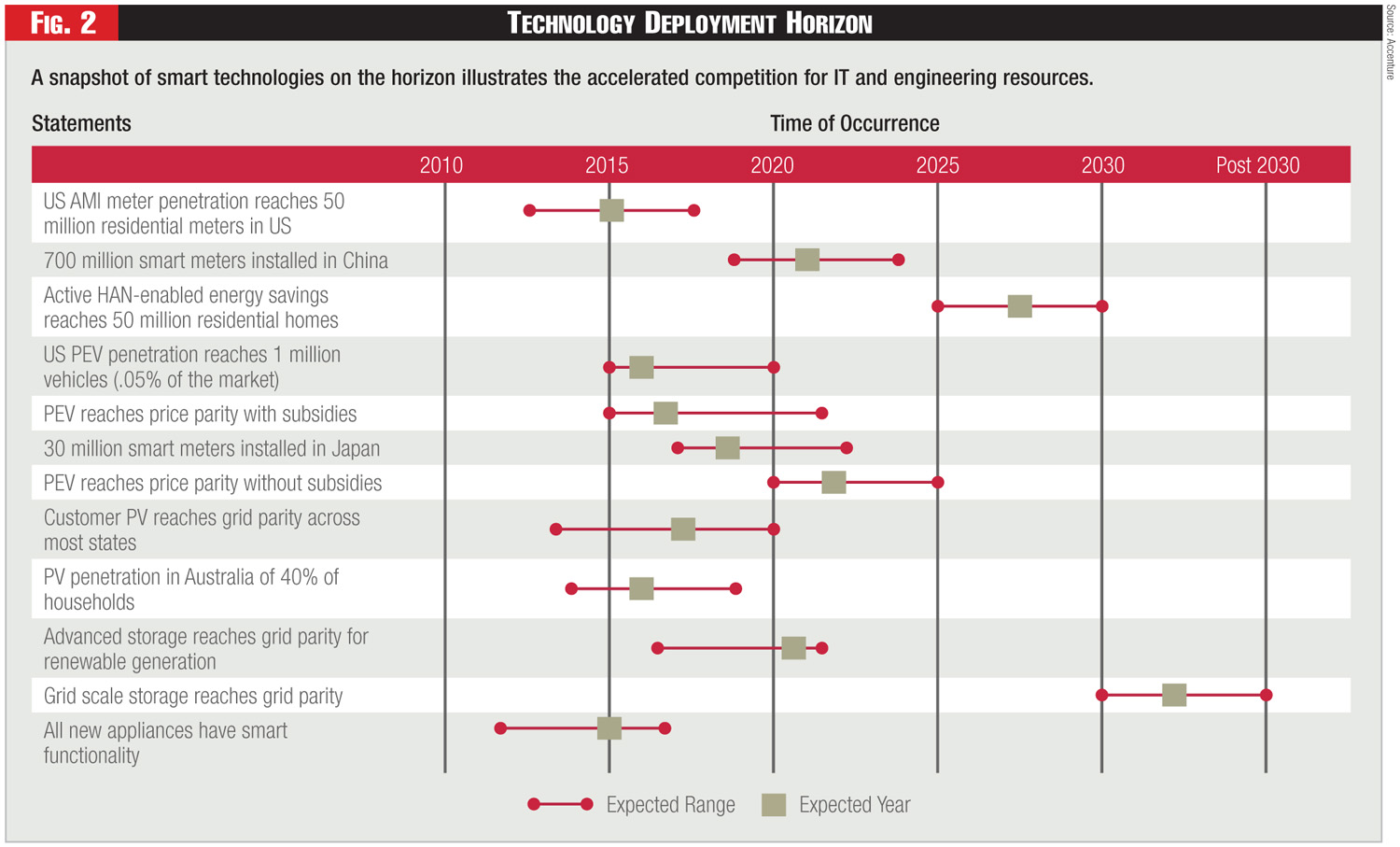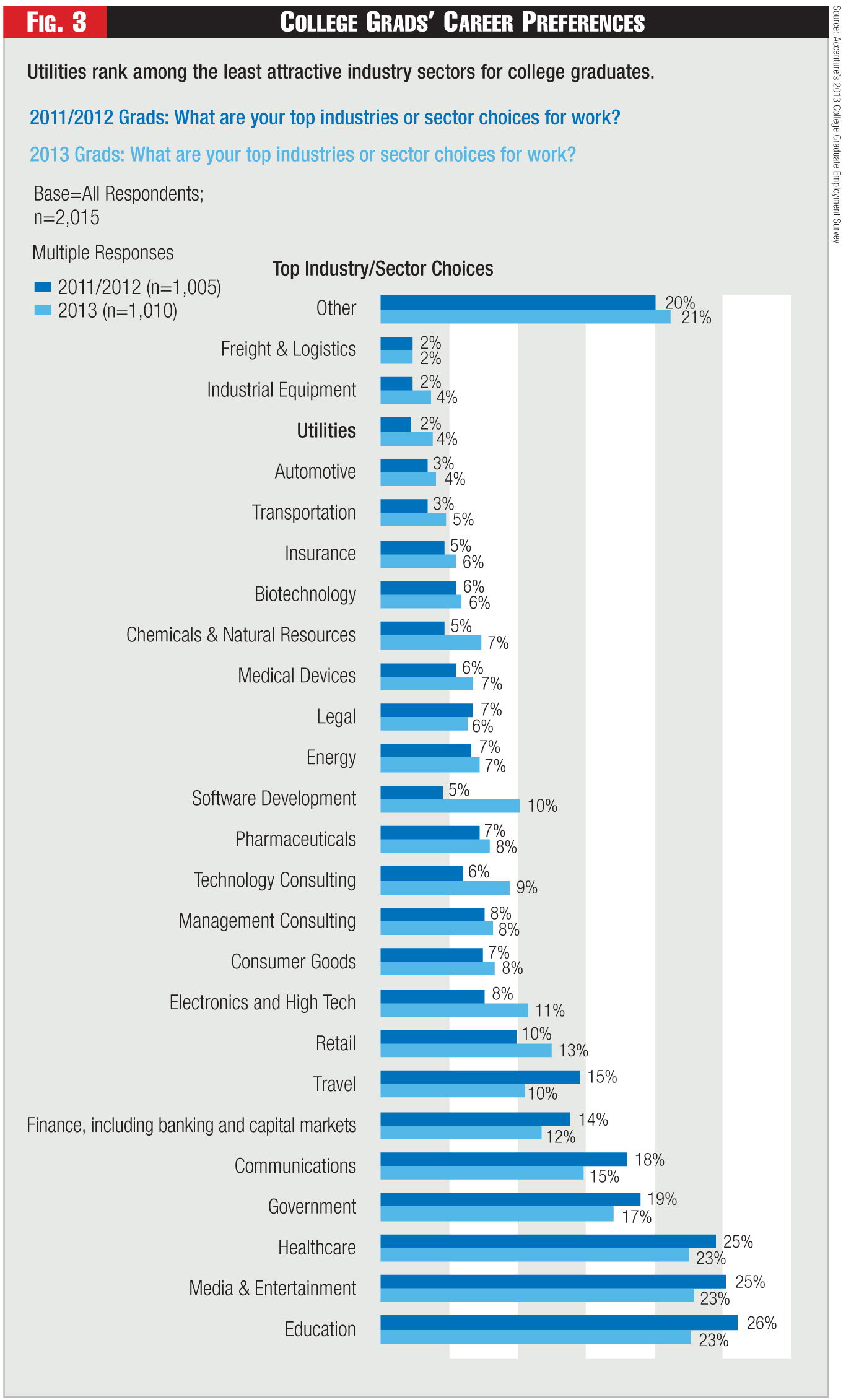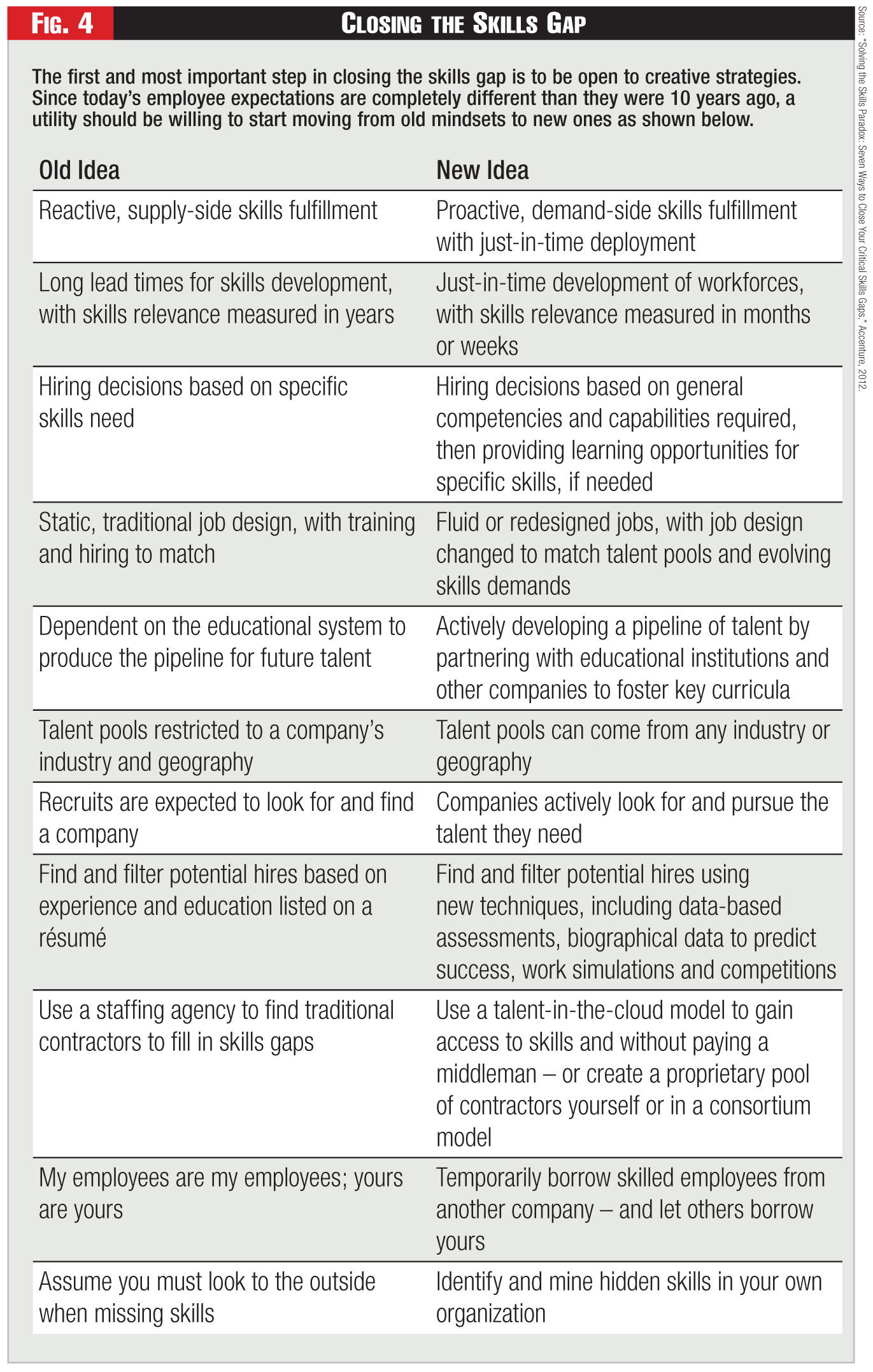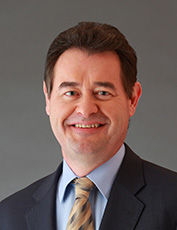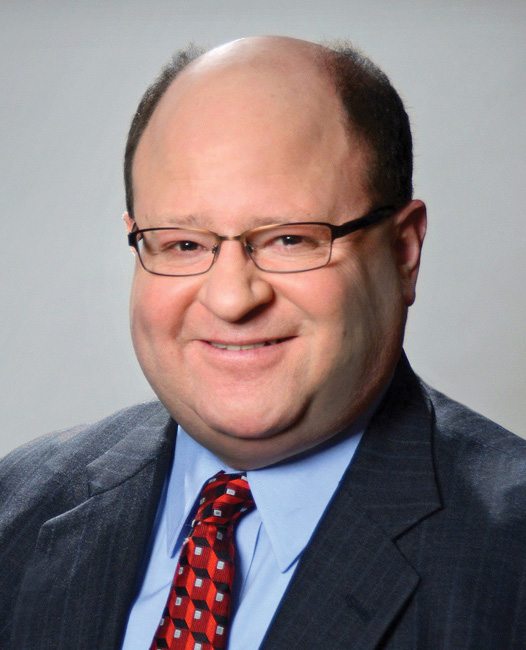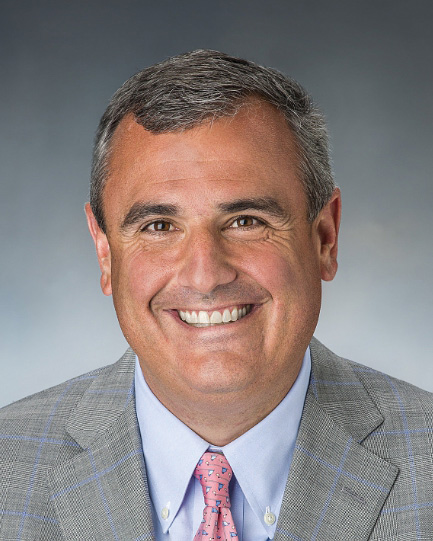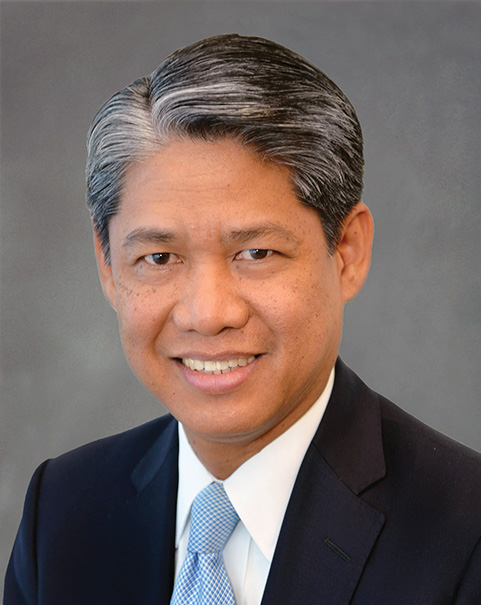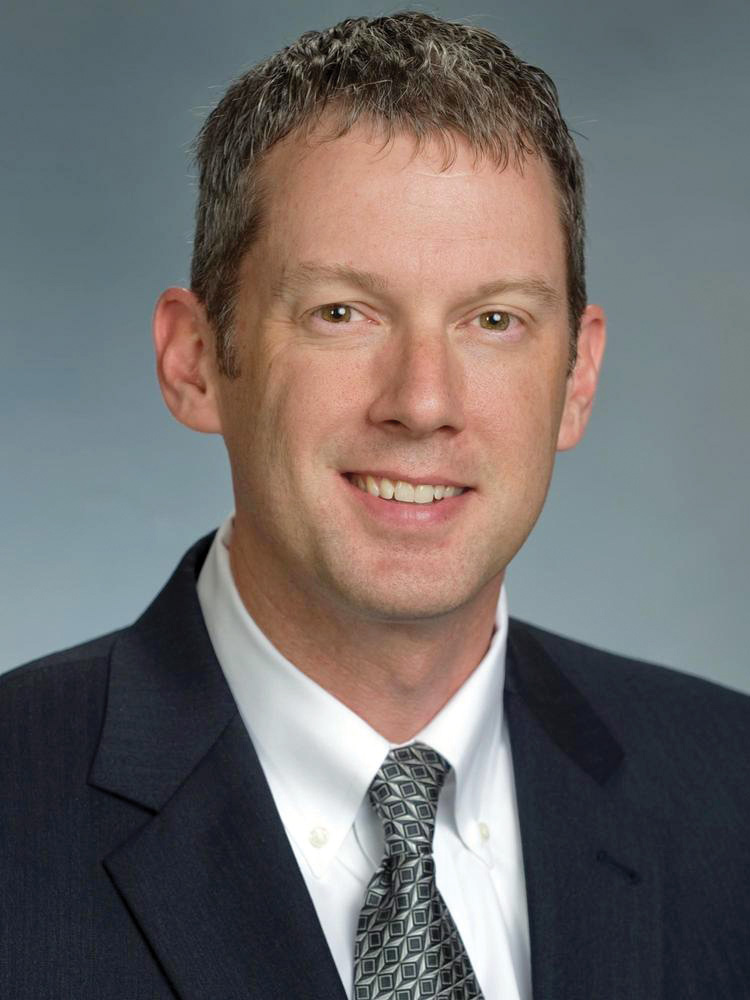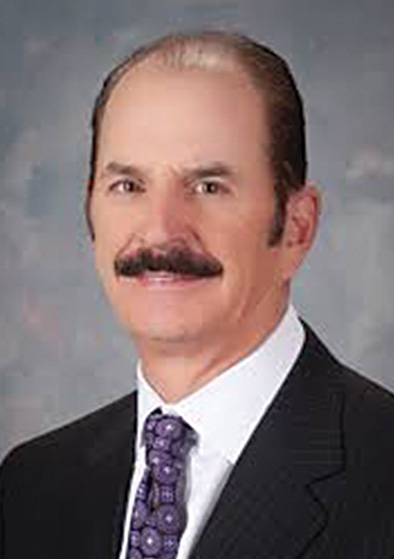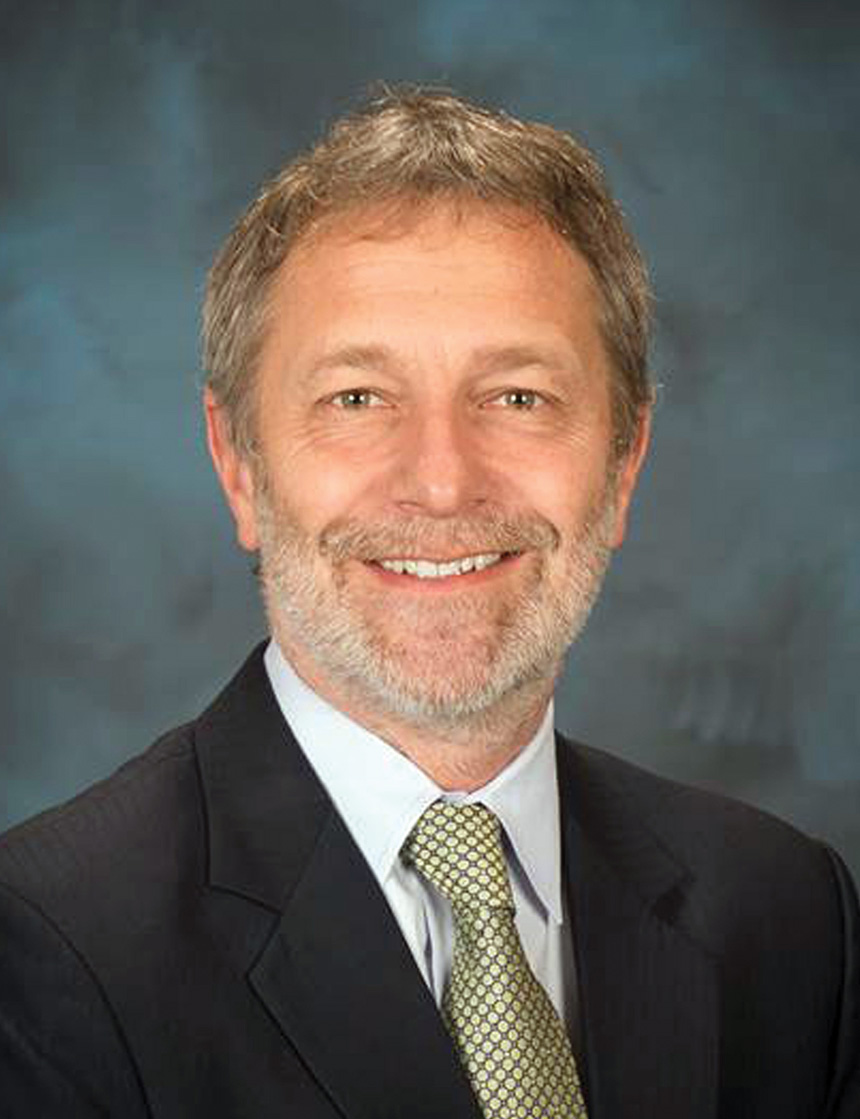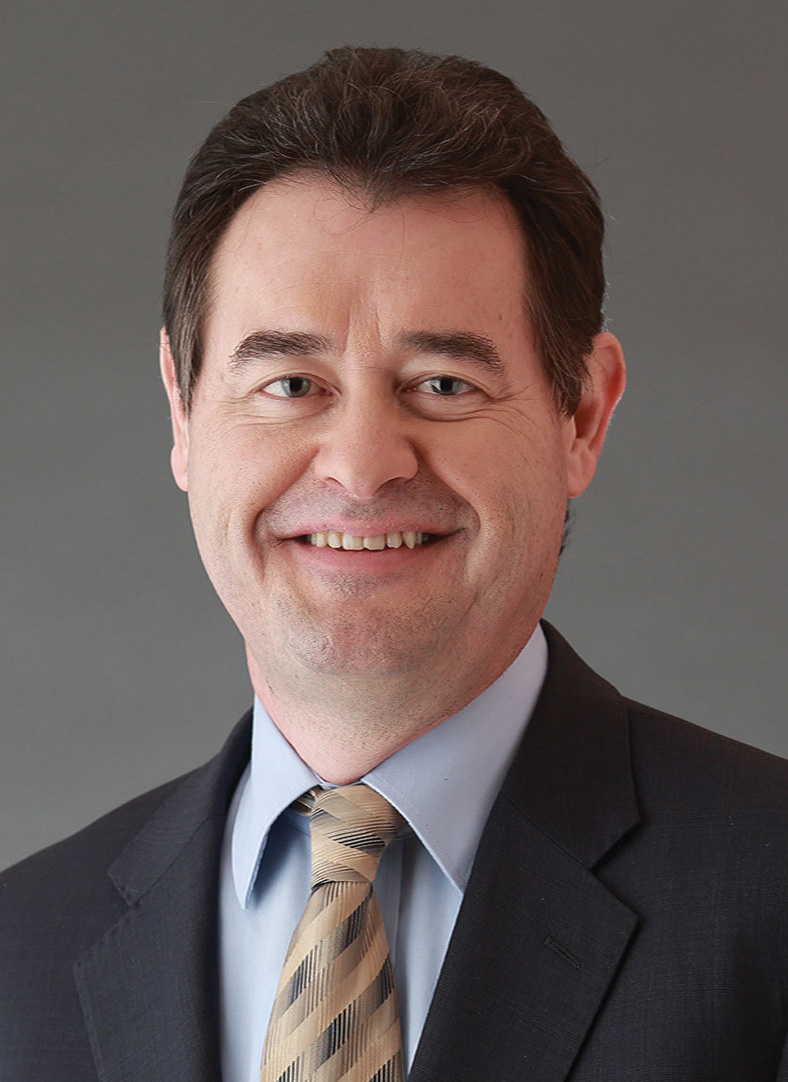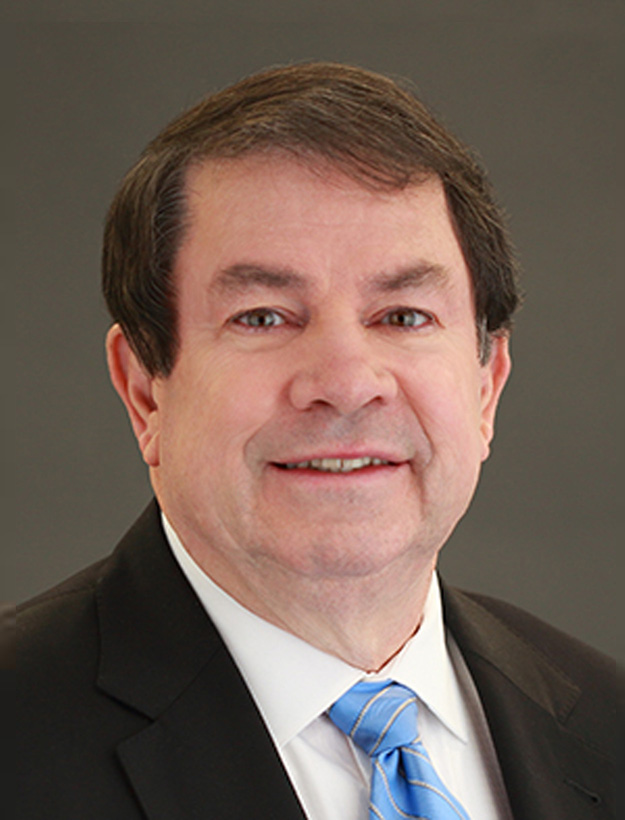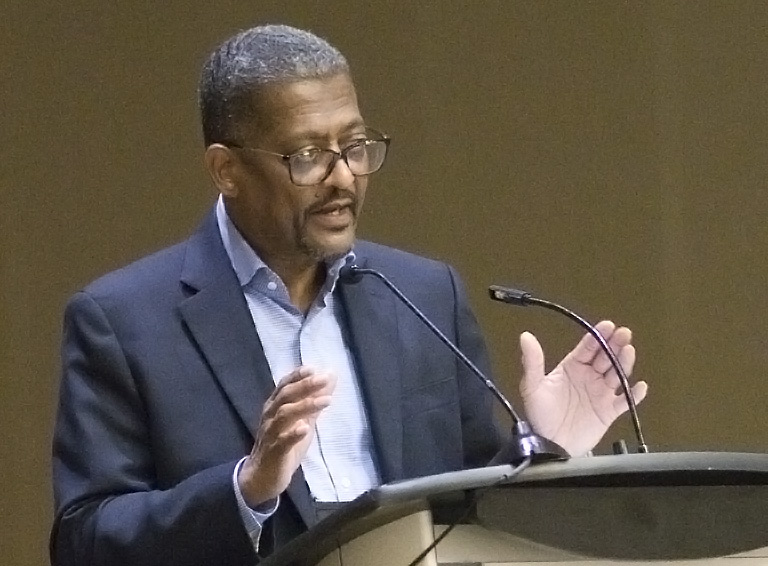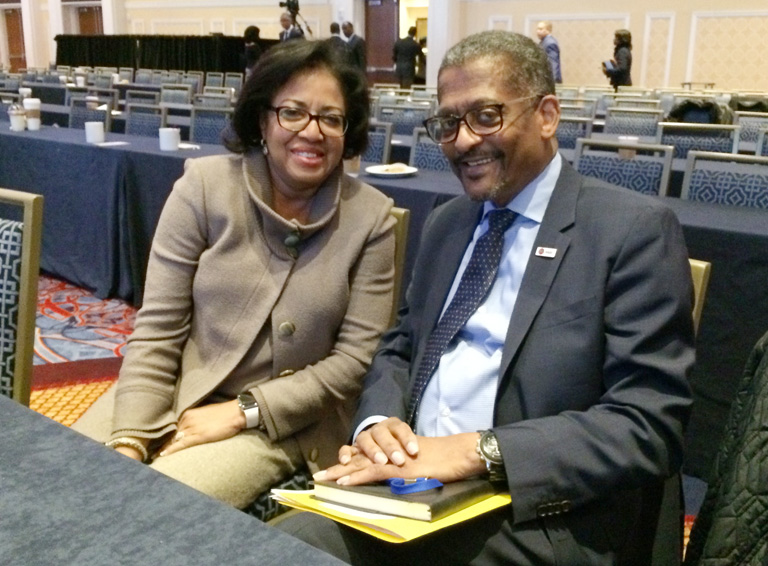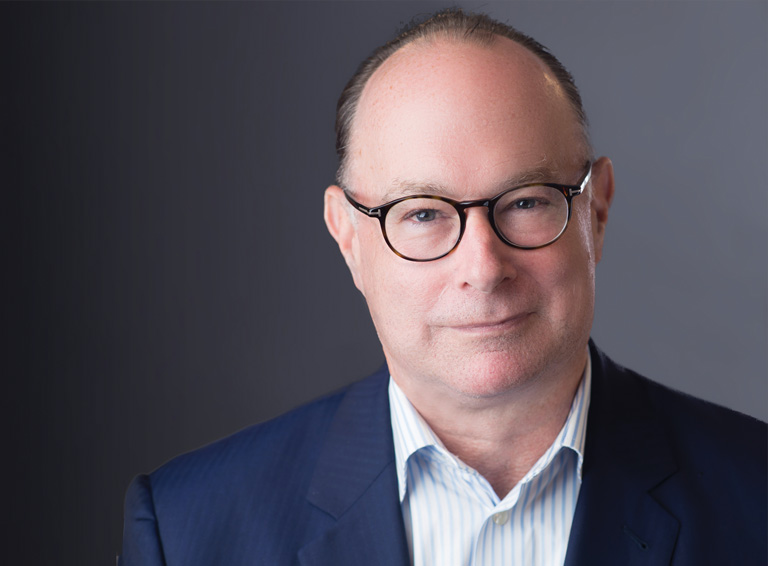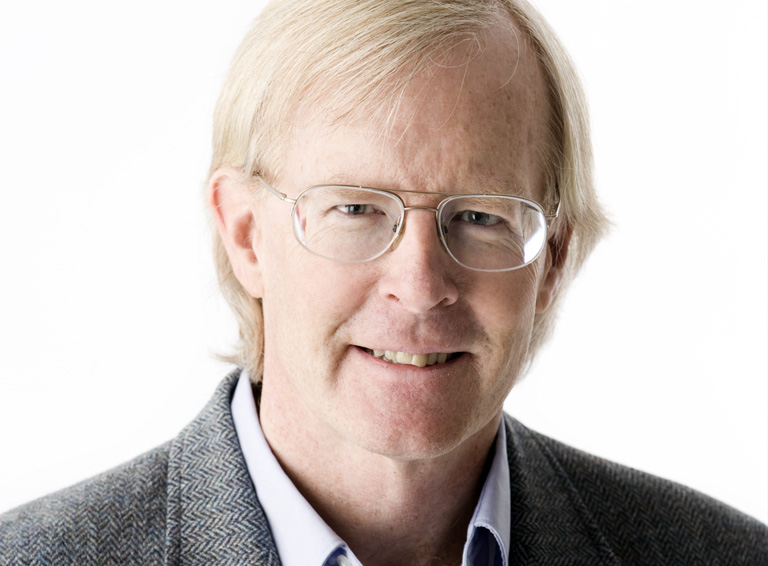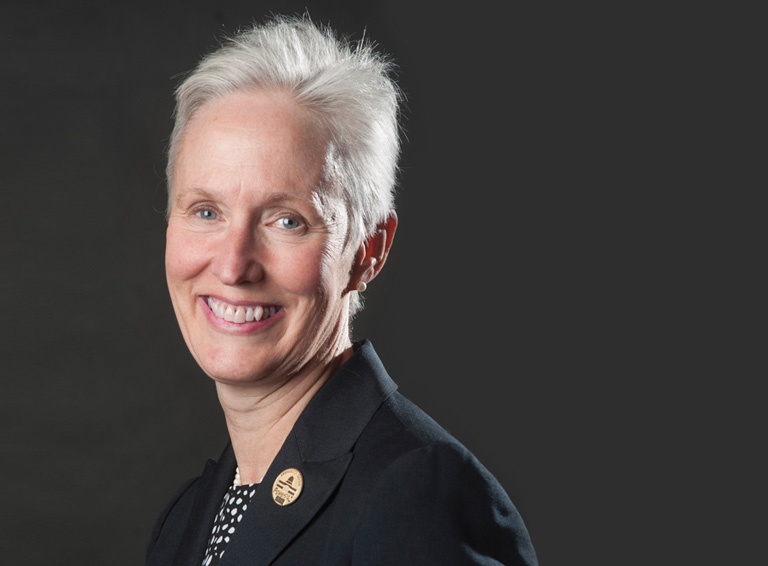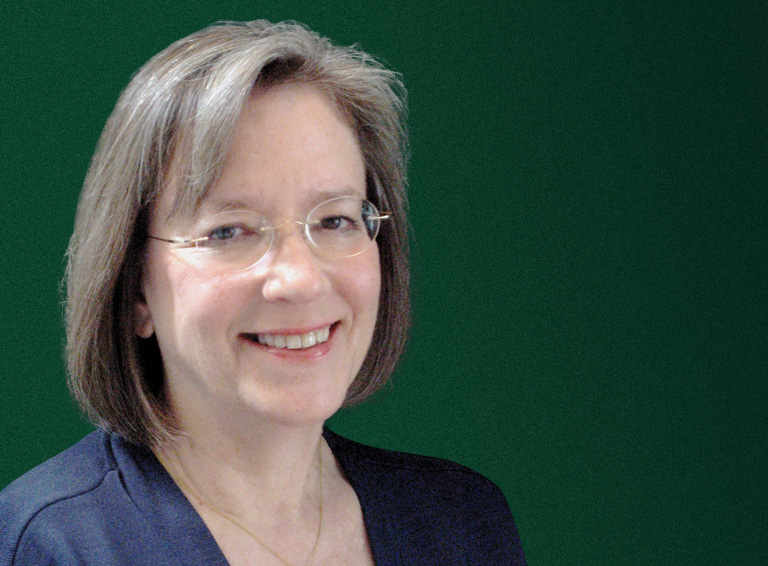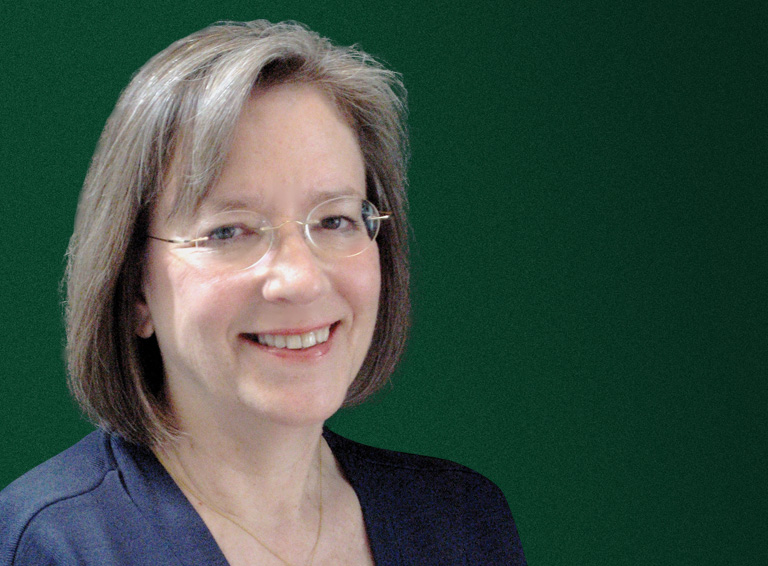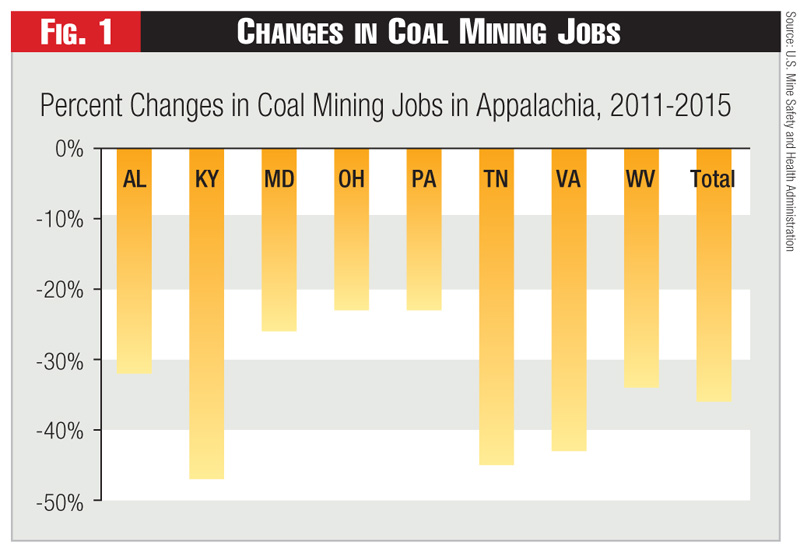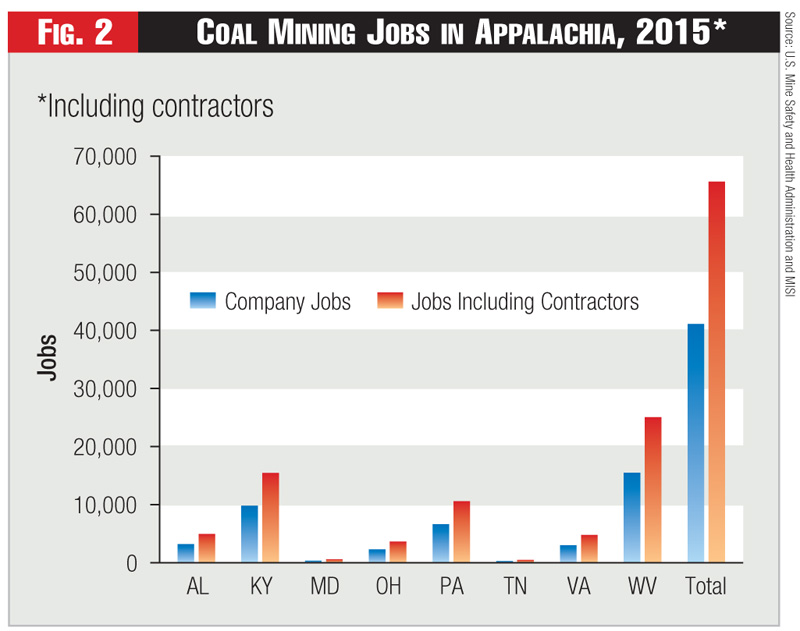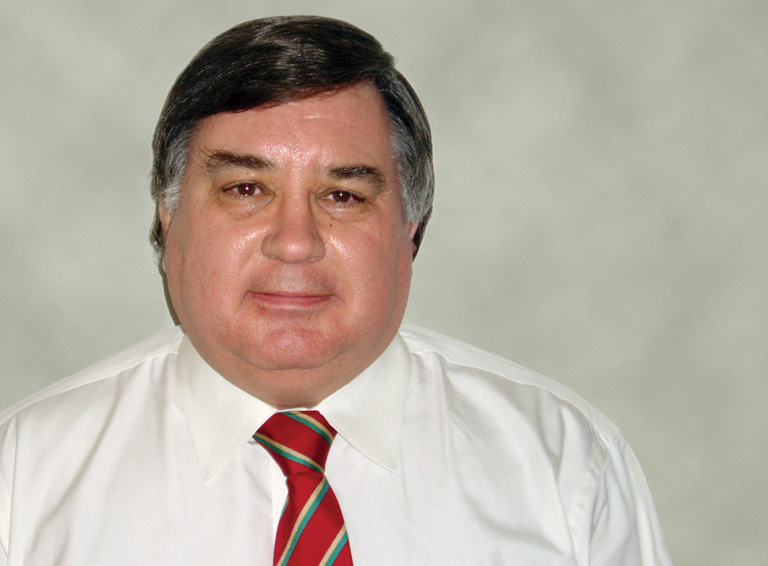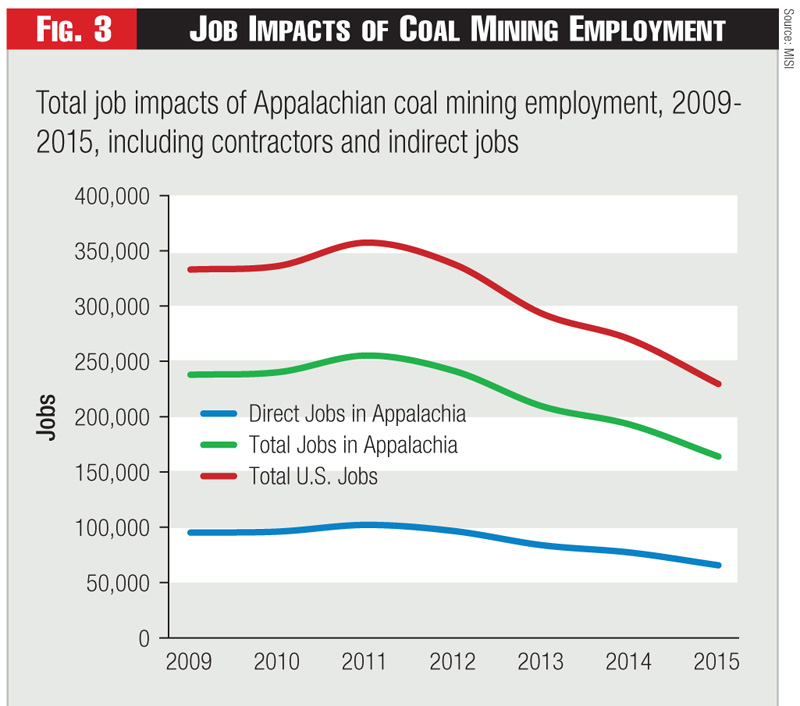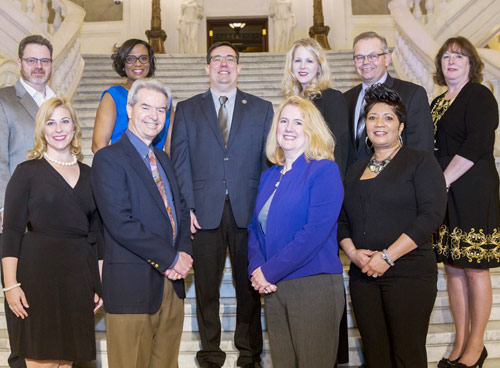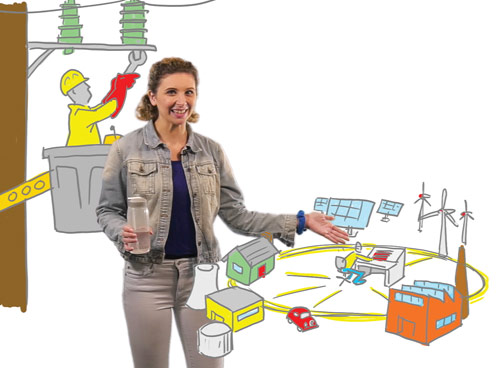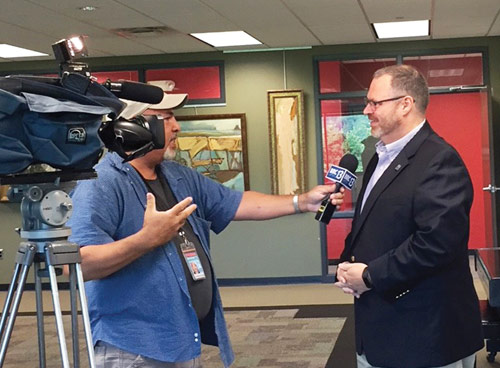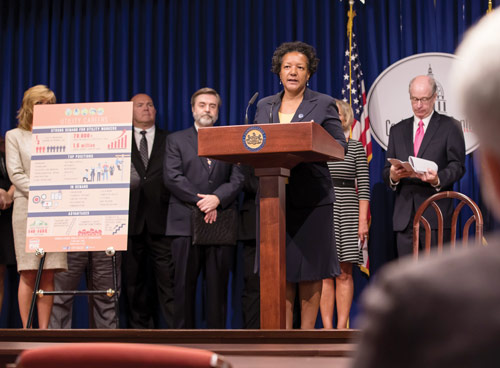While an elementary school student in inner city Philadelphia, David K. Owens heard President John F. Kennedy's dramatic call for the U.S. to put a man on the moon. It changed the course of David's life. The young boy was attracted to math, science, engineering, and the idea of aiming high.
As an adult, Owens' career became a moon-shot ascension within the electric power industry. He rose from a challenging childhood to become one of the most respected voices in the electric power industry and a leader at the Edison Electric Institute, the industry's largest trade association.
In the process, he achieved many accomplishments, from shaping the modern response to storm disasters and cyber threats to mentoring and leaving a legacy of talent. He is responsible for policy innovations that will influence the industry for years to come.
Owens, sixty-eight years old, will retire in June as executive vice president of EEI, an organization he joined in 1980. In many ways, he has been a public face of EEI for decades, especially for regulators.
In a sign of the influence and respect he commands, Owens has received a send-off that is a tribute to both what he has done and how he's done it, as a skilled and thoughtful consensus builder.
Upon announcing his retirement, Owens received a standing ovation from the EEI Board of Directors. Separately, more than a thousand regulators gave him a standing ovation at the National Association of Regulatory Utility Commissioners' winter meeting in Washington, D.C.
"David is really a unifier," said EEI President Tom Kuhn. "He's a consensus builder, and he knows how to bring people together. He can be very persuasive." If he has a weakness, Kuhn quipped, it may be excessive modesty. "But it's hard to call humility a fault," he added.
Owens was raised by his mother and grandmother in Philadelphia. He started at the University of Pennsylvania but transferred to Howard University in Washington, D.C. for the more hospitable atmosphere at the historically black university.
He earned Bachelors and Masters of Engineering degrees at Howard; later he earned a Masters in Engineering Administration degree at George Washington University in Washington, D.C.
Owens started his career as a design and test engineer at General Electric and at Philadelphia Electric Companies. Then, in an experience that helped him understand the perspective of regulators, he worked at the Federal Power Commission, helping to evaluate proposed power plants. Later, he worked at the Securities and Exchange Commission, where he served as chief technical officer.
Owens joined EEI in 1980 as director of rates and regulations, representing the industry in public hearings. He advanced rapidly to senior director, vice president, senior vice president, then executive vice president. He was the first African-American to serve as an officer at EEI.
As executive vice president, Owens has been Kuhn's right-hand man and confidant since Kuhn became president of EEI in 1990. "Our incredible run" is how Kuhn described the last twenty-seven years. "There's an incredible chemistry, and I think we have similar judgment on issues. We provide a sounding board for each other," Kuhn said.
Sometimes, the colleagues have thrown cold water on each other - literally. In 2014, Owens dumped a bucket of ice water on Kuhn as part of the ALS Ice Bucket Challenge. Kuhn returned the favor by challenging Owens to be drenched by ice water as part of that fundraising phenomenon.
Owens' diplomatic skills played a key role in keeping EEI together through a time of turmoil. In 1992, the Energy Policy Act forced the industry into a major restructuring. "It was a very, very turbulent time," Kuhn said. "People were talking about the breakup of EEI at that point."
Owens helped the industry and EEI emerge stronger than before. He set the stage for an industry moving into the modern era of electricity competition, smart grids and fuel diversity. The increased policy cohesion and influence of EEI over the last quarter century can be significantly attributed to Owens' persistence with elected officials and regulators in state capitals and in Washington, D.C.
He has testified many times before Congressional committees, appeared more than fifty times in state capitals, lectured at universities, made hundreds of presentations to business groups, and has been quoted countless times in the news media. He has made more than a dozen appearances on C-SPAN.
"He is incredibly articulate and makes fabulous presentations," Kuhn said. "He leads on issues. He's probably led this industry on every major issue we've faced."
Superstorm Sandy may be the greatest example of Owens' ability to define a problem and get diverse groups to coalesce around a solution. As the devastating storm approached the Northeast in 2012, the White House asked if EEI could send someone to the Federal Emergency Management Agency to improve coordination on the ground. "I got just the guy," Kuhn said. "David Owens is coming over."
Owens embedded with FEMA and set out to turn conflict into cooperation. He worked long hours, sometimes sleeping on a cot at FEMA's command center. The result was a new level of industry-government cooperation that extended far beyond the Sandy recovery effort.
Today, the lasting impact of Owens' efforts can be seen in the establishment of a permanent Electricity Subsector Coordinating Council for storm recovery and cybersecurity. In public policy, Owens helped embed the idea that, in a storm disaster, electric company workers are first responders, not adjuncts. They need to be involved in decision-making, because getting the power back on is what the public needs immediately.
"David will take on a challenge any time," Kuhn said. "It was a monumental time.
We established a partnership that everybody now says is incredibly important for storm recovery and cybersecurity."
On economic issues, Owens' role has been equally important. He's worked relentlessly to improve the public policy climate to make the electric power industry an attractive investment. Because of his deep technological knowledge, Owens foresaw how energy grid modernization, the digital world, and environmental policy would change the electric power industry.
He got out in front on grid modernization issues, so the industry could be prepared to pursue smart grids, clean energy, customer solutions, and much more. As Owens put it at a recent conference, "I wouldn't say we're in a period of transition. I'll say we're in a period of transformation."
Leading is not always easy, especially when views by companies, regulators and the marketplace can be at odds. Because he has a heart for other people, Owens has a great ability to influence others. He's beloved by EEI staff and beyond, because of the personal interest he has in individuals.
He rose from Philadelphia's inner city to the top of his profession. Owens has spent enormous amounts of time helping others succeed. He served as chair of the board of trustees of IDEA Public Charter School, where he and the board successfully restructured the struggling school over three years to become one of the top performing public high schools in Washington, D.C.
In March, City Year presented Owens with its Idealist of the Year award for his work with the school. He has also served on the Board of the National Academy of Sciences and as chair of the National Institute of Standards and Technology's Smart Grid Advisory Committee.
Owens' efforts have earned him the industry's most prestigious awards. The American Association for Blacks in Energy twice awarded him its highest honor, the James E. Stewart Award, and later its Chairman's Cup for outstanding service on energy policy.
The Women's Council on Energy and the Environment gave Owens its Champion Award for mentorship of women in the industry. This year, he won the John D. Dingell Award from the National Labor and Management Public Affairs Committee for advancing the mutual goals of organized labor and the electric power industry.
"David cultivates people. He mentors people. That's inspiring," Kuhn said.
As for retirement, Kuhn says Owens' golfing ability is a bit weak, but he does have a great family and young grandchildren who he can mentor in his free time.
By Steve Mitnick with Jim Laurito
Jim Laurito, EVP, Fortis: I've known David for probably close to fifteen years, through my work on the Edison Electric Institute Board of Directors. I first went on the board back in early 2003, and David was the first to stretch a hand out and make me feel very welcome in the organization.
At the time, I was just coming into the electric industry as CEO of New York State Electric and Gas and Rochester Gas and Electric, two subsidiaries of Energy East Corporation, and really didn't know anyone in the industry. David reached out to me and walked me through the chairs, which is a typical David Owens move. I've always appreciated that from him. We've been great friends.
PUF's Steve Mitnick: You used the term, "through the chairs."
Jim Laurito: I would say he got me to understand EEI, how it operates. Who the people were in the organization, how to leverage the organization in order to get the maximum benefit for us as a member company, and he also helped me meet the other directors.
EEI is a large organization with probably close to fifty directors from all walks of the industry, co-ops, generation companies, and the large vertically integrated companies.
He made me feel at home. Even though we weren't the largest company in the industry, he made me feel like our voice was as important as anyone else's.
PUF's Steve Mitnick: And it seems like you two did things over the years together.
Jim Laurito: We did. We worked on a variety of projects. Mainly I would say under two umbrellas. One, regulatory. Any time there were technical considerations of a complicated nature, you could rely on David to help you understand the issue and help the company position its strategy.
The second umbrella is innovation. David thinks out on the cutting edge. Not of what utilities are doing today, but where they should be in the future.
He traveled to St. John's, Newfoundland and Labrador a few years ago to speak to our board of directors at Fortis Inc. regarding the utility of the future. That was a very important discussion for our board to hear. With utilities all across Canada, the United States, Caribbean, and Central America, we're literally doing business from tip to tip to tip of the whole North American continent.
We see so many different types of regulatory jurisdictions and we have board members from all walks of life across that geography. It was very important for them to hear David's view on the utility of the future.
A lot of the more innovative and cutting edge developments were happening in a couple of parts of the United States where we have operations: namely New York and Arizona. He explained these innovative technologies and their potential impact to our board. Along with the regulatory and business implications for your companies. You need to make sure you understand it, engage in it, and embrace it because it's coming towards you.
It was a classic David Owens presentation. Very candid. Very passionate. Very forward-looking. Our board really appreciated it.
PUF's Steve Mitnick: He's been around for a while and has touched so many people.
Jim Laurito: When I think of David, I think of a few different adjectives for a guy like this. David's breadth of experience is so broad. I see him as a visionary. I see him as extremely dedicated. A really hard worker. Committed to everything he does.
He's always prepared. In fact, he over-prepares for things. David is very passionate about what he does, but at the same time, when he looks at other people, he is very compassionate as well.
He is very driven by the things that he does in his personal life: on the philanthropic side, on the social side. Extremely candid, which is very hard to find, especially in an industry association, where at times the associations want to placate the members. David is very candid with the members, yet he's very grounded and authentic.
He is a tireless advocate for the industry. I mean, the guy works twenty-four/seven, three hundred and sixty-five days a year. He's been in the industry a long time, yet he's a catalyst for change. He is always pushing companies to think in different ways. When we get into a discussion with David, the discussion is very provocative. He is always trying to push you to think in new ways and be innovative and think about what's coming ahead, not where you've been.
Last, but not least, he's a great friend to me and just a great man. I know all the other directors in EEI feel the same way. He's known and respected by everyone in the organization. He asks the tough questions, but does it in a very professional and constructive way, as only David can.
We recently had the EEI International Utility Executive conference in Washington. We had CEOs there from all over the world. I was privileged to speak on one of the panels. Once again, in true David style, regardless of who the CEO was, he was asking the tough questions.
When you engage in a conversation with David, you can expect to be challenged in a very intellectual way. I always say, when you sit down to have a discussion with David, you better be ready because he always brings his "A" game.
But again, he does it in the right way and that's why he's so well respected throughout not just the industry, but throughout Congress and the Department of Energy. He's on a first-name basis with everyone and it's because he's earned their respect over the years.
There's only one David Owens that comes around in your lifetime in an industry like this. He's left an indelible mark on it. While I think he is making the right decision to move into other things that he wants to focus his time on, we will sorely miss him.
PUF's Steve Mitnick: Can you remember anything funny about David?
Jim Laurito: I think one of the things I would say is classic David. I didn't find out about this until after the fact, but it happened when I had him come speak to our board a few years ago. It was our biggest board meeting of the year in the summertime in St. Johns, Newfoundland and Labrador.
I called David up and said, "David, I really need a big favor." He says, "Sure, what?" I said, "Well, David, you know, we have this strategy session at the board. We're really looking to educate and inform our directors about the utility of the future.
We have people coming from all over the North American continent who want to get a better understanding of what's happening in New York and I really need somebody to level set them on where the future is." He said, "Sure. I'd be happy to. No problem." I said, "Okay, great. I'll send you the dates and we'll see you there." You know, classic David, "I'm there."
David, as you know, is on the road probably five days a week. So to him, this was just another road trip, right? Unbeknownst to me, he hangs up the phone, he gets my email, and he goes to his assistant, Kim, and he says, "I'm going off to talk to the Fortis Board about this in St. Johns, Newfoundland and Labrador." She says, "Where?" He says, "St. Johns, Newfoundland and Labrador." She says, "Where is that?" He says, "I don't have a clue. I have no idea where that is."
That starts a trickle-down series of events where David has to figure out how to get himself from Washington, D.C. to a part of the world he never even knew existed. Lo and behold, I don't know any of this is going on because he's not whining to me about it, but we get up to the board meeting and I have dinner with him the night before and I said, "So how was your trip here, David?"
He said, "It was quite the experience. First, I had to figure out where on the map Newfoundland and Labrador were. We had to figure out whether there was a way to get there from where I started out. And then it took me a day and a half to get here, but I'm glad to be here."
We had a good laugh over that because that's classic David. He's just dedicated, committed. He'll commit to it before he even knows he can do it.
This issue of PUF will be a great tribute to him. He deserves it.
By Steve Mitnick with Hilda Pinnix-Ragland
Hilda Pinnix-Ragland, former VP, Duke Energy: I have known David for much of my career, working with him through the American Association of Blacks in Energy and with several energy organizations. His family, like mine, is originally from North Carolina. We both served on the board of AABE for almost 15 years.
Even though we have rotated off the board, we remain actively engaged on the Executive Advisory Board. For this new advisory board, David is a critical leader with a wealth of energy expertise. He is joined by several prominent leaders, including Dave Velazquez, CEO and President of PEPCO Holdings.
We have a great group of visionary and strategic leaders who are focused on advancing the overall mission of AABE. We are building on forty incredible years where everyone is committed to leaving a legacy.
PUF's Steve Mitnick: Did you and David have a role in making the organization as great as it is?
Hilda Pinnix-Ragland: Of course. Both of us are mission driven to make an indelible impact.
To make sure all customers understand energy and the various opportunities such as jobs, supplier diversity, and regulatory policies. We gave the organization our leadership, vision and strategic skills in addition to execution skills. While I was Chair, and even afterwards, David was Chair of the Policy and Legislative committee. He remains on the committee and is instrumental with significant issues.
PUF's Steve Mitnick: I suppose that you and David probably feel that the work of AABE is hardly done and there's still a long way to go. Can you talk a little about how you feel about it and how David might feel about that too?
Hilda Pinnix-Ragland: David has incredible public affairs acumen. He was responsible for convening the team that authored many of AABE's current policies and white papers. In essence, David did what AABE originally set out to do 40 years ago. If there was an opportunity to make sure LIHEAP, net metering or any other initiative continued, David led that effort.
He strongly believes people of color who are economically challenged must have representation at the table. He was instrumental in making the case with state and federal government in addition to the electric utilities.
If there were new regulators or even exiting regulators who needed to have more insight into the industry than they thought they possessed, David was sensitive and eager to share information. It's making sure we share what we value. Of course, he provided a comprehensive and neutral perspective.
David often educated Members of Congress on energy. He shared the pros and cons as well as the challenges with respect to all people.
PUF's Steve Mitnick: A lot of people feel that David touched many lives and had a big impact on the industry.
Hilda Pinnix-Ragland: Oh, without a doubt. I think there's much more work to do over the next forty years with AABE. To really take it from where Clarke Watson and the founders started to another level of excellence and inclusion. Without AABE, we would not have LIHEAP or advancements in net metering, new meter technologies, or many other initiatives.
By Steve Mitnick with Kevin Fitzgerald
PUF's Steve Mitnick: When did you first meet David?
Kevin Fitzgerald, Chief Utility Officer, Energy Impact Partners: The first time I met David Owens, he was sitting on Ray Dacek's couch having a conversation with "Dr. Dacek." Ray was senior partner at Reid and Priest and an industry legend.
As a junior lawyer, I was asked to sit in along with a senior associate, Greg Nelson (now GC at Ameren), and listen to a new issue that David and EEI were analyzing. The issue - tax and regulatory matters associated with normalization - was complex.
David jumped up from the couch, grabbed my hand, and said, "So you're the ball player! Nice to meet you, grab a seat and listen because we have a big ball game in front of us."
He was fired up. And after twenty minutes of railing about all the horrible things that would be done to the industry if the proposed changes were allowed to stand, I found myself getting fired up too! That was David - only he could make normalization accounting and ratemaking exciting.
I then saw him weekly after that at the EEI Washington rep meetings. David always took an interest in what I was working on, or what I thought about a policy issue in the industry. He always valued input, even from someone low down in the ranks like I was. That had a big impact on me - that a leader in the industry actually cared what I thought.
PUF's Steve Mitnick: Lots of people say he's touched so many lives and made such a big impact on policy in the last thirty years. How would you describe that?
Kevin Fitzgerald: His fingerprints are on every piece of federal legislation and major policy issue over the last thirty years. From the Energy Policy Act of 1992, subsequent FERC orders, retail choice matters, and RTO market developments, to the net metering debates of today, David has always been in the middle of each issue finding common ground for the industry to stay united.
As outside counsel to many different utilities during this time, I was continually amazed that David and Tom Kuhn were able to keep the industry together. But they did, and because of that the industry has survived and flourished.
PUF's Steve Mitnick: In recent years when you and your colleagues had a lot of challenges at Pepco Holdings, it seems like you were often talking during those years, too.
Kevin Fitzgerald: David was an incredible help to me and others at Pepco as we worked through our challenges. He had become a mentor of mine during my years in private law practice, and ultimately he and EEI became my client.
When I moved to Pepco, he said, "Fitz, I am just a phone call away - buzz me anytime." He was someone that I could bounce concepts and ideas off as we worked through some challenging times at the company.
David's strong and unwavering support of me and Pepco during our merger with Exelon was something I will never forget. His insight into the regulatory processes in each of our jurisdictions was uncanny. He was dead on in his predictions as to where the risks were and possible ways to get various approvals.
When everybody else on Wall Street and in the industry were saying, "The deal is dead," David kept reassuring me, "Keep the faith, Kevin, keep the faith. Stay positive. We're going to get there." Frankly, he was the only person who was saying that throughout the process. That leadership and moral support meant a great deal to me and kept me positive.
PUF's Steve Mitnick: You've made a change and now you're at this remarkable fund - Energy Impact Partners. As you were making the transition, did you talk? This was a pretty big move for you.
Kevin Fitzgerald: Yes. We did talk, and honestly his guidance and counsel had a big impact.
After the merger closed, David and EEI's Richard McMahon asked me to share some M&A best practices with the EEI CFOs. At that meeting, David bought me lunch. He knew I was mulling over an offer to take a C-level opportunity that was somewhat peripheral to the utility space.
David said, "Fitz, is that really what you want to do? You have a lot of fire left. At Pepco, you stood up a utility-of-the-future vision that the industry recognized and embraced. Why not work on that vision and help the entire industry in the process? Don't you want that to be your legacy?"
Those words hit home. When Hal Clark (retired banker from Evercore) and Tom Fanning (Chairman and CEO of Southern Company) discussed EIP with me, something just clicked.
Joining EIP as a partner and Chief Utility Officer affords me the opportunity to work with our electric utility investors from around the globe on the evolving utility of the future, as well as the new technologies and companies that will have a significant impact on the industry. m
By Steve Mitnick with Ralph Cavanagh
Ralph Cavanagh, Co-director, Energy program, NRDC: I started at NRDC in 1979. David started at the Edison Electric Institute soon after. At the time, the utility sector was about as male-dominated and as non-diverse as is possible to imagine.
Look at how the cultural expectations and support structures in utilities have shifted over the years. Not just utility staff but also utility boards and utility leadership. David has been tireless in pushing forward and mentoring candidates who don't look like the people who dominated the system when he got there.
EEI has gone out and recruited more diverse board members. It has quietly, but I think effectively, made efforts to advance the cause of female leadership. And there are a lot more CEO's now, and there are a lot more senior VP's, who come from diverse backgrounds.
The overall diversity of the industry has shifted, and continues to shift. And I think a lot of people have contributed to that. Tom Kuhn has been an important force, but I think that David, over thirty-five years, has done more than anyone else.
Now, he doesn't advertise this, but it is part of his story. And he hasn't done it by going out grandstanding or denouncing anybody. He's done it by quietly working across the full spectrum of his extraordinary list of contacts.
And he finds and helps promising young people as they emerge. I have cause to know this, because he and I teach together every year at the University of Idaho in their summer program for utility executives.
It's basically billed as a daylong debate between David Owens and me. He always wins because, of course, it's his hometown crowd.
We perform that same role frequently at meetings of utilities and their customers, from the American Association of Blacks in Energy to the major regional associations.
The audiences expect us to be in conflict. Yet people generally respond favorably to what always turns out to be a civil discourse. It's clear that the debaters are listening to each other, which is rare.
We don't get up and deliver our talking points and sit down. We actually have a conversation. We've been doing that for now more than a quarter century, and for that entire time we have had the same jobs.
PUF's Steve Mitnick: It's like the Lincoln-Douglas debates.
Ralph Cavanagh: Yeah, it is a little. Now, I have to say, in these debates, there's no question as to who is Lincoln and who is Douglas.
It's the Harlem Globetrotters against the Washington Generals.
That's the way the utility audiences enjoy seeing it. But I think that there has been enduring value in terms of helping them get a sense of the many bridges that can be forged between traditional adversaries.
PUF's Steve Mitnick: Why do you do that?
Ralph Cavanagh: Was it planned like that all along? No. To be fair, it started out as simply a theatrical event involving two people who both appreciate good theater. But then we discovered that we were listening to and learning from each other.
I often say that I started out in 1979 at NRDC assuming that I would spend my entire career suing the utility industry. But things have turned out differently, in part because of people like David Owens, who were interested in partnerships and in opportunities for mutual progress as opposed to an endless sequence of clashes.
I like to think that we have helped to reshape the relationship between the environmental community and the utilities sector, which was once purely adversarial and is now much more about mutual progress towards a clean energy future.
And Steve, you are in a good position to reflect on how different things are now than they were back in the late 70s, when much of the leadership of the environmental community simply defined itself in opposition to whatever utilities wanted to do.
It's dramatically different and dramatically better now. There's been tangible progress across the board on energy efficiency, renewable energy, pollution emissions, and clean energy progress.
David has been an important thought leader in that. He spends a lot of his time going around the country to utility commission proceedings. He's frequently an expert witness. He is very active at the state level.
The typical trade association executive sits in Washington, represents the trade association and is visited by the people from the field. David goes out into the field. He's there all the time.
And as you watch the evolution of the utility sector, as you watch the emergence of energy efficiency as a utility system resource, and as you think about utilities' efforts to drive their capital budgets in the direction of a clean energy transition, he's in the middle of all that.
PUF's Steve Mitnick: You and he made an electrifying announcement in 2014.
Ralph Cavanagh: In 2014 we were coming out of a period during which the solar industry in particular and the utility industry had been at each other's throats. There were adversarial TV ad campaigns running in multiple markets.
The narrative that was emerging was one in which the distributed resource industry at large, and solar in particular, were inevitably going to be in conflict with entrenched monopolists who didn't want distributed renewable resources and would fight them at all costs.
The joint statement that we released in February 2014 made the point that utilities were essential partners in a clean energy transition. We said that utilities and distributed resources were better off working together and integrating their efforts than fighting each other.
And indeed, they couldn't achieve their joint promise if they kept fighting each other. It was a statement of optimism about the future. Technology innovation and distributed resources are not disruptors of the grid. They're not alternatives to the grid. They're grid enhancements. They should be understood as ways to make grids work better, and deliver more economic and environmental benefit. The joint statement was a commitment to work together to make all that happen. And thanks to David's prominent role, people took it seriously.
PUF's Steve Mitnick: How did it happen?
Ralph Cavanagh: David and I were part of it, but we had groups of people from the EEI staff and board, from NRDC, and from other groups with a stake in the issues, working together to try to frame these proposals.
There were contentious and difficult meetings in which people did a certain amount of shouting at each other. In the end, what made it work out was a mutual sense of possibility. We knew that we could make a difference if we were able to reach agreement.
David and I believed very strongly that there were no fundamental conflicts here, and that if we worked at it long enough, it wasn't a matter of compromising away principled differences. It was a process of identifying common interests and then figuring out how to express them in a way that everyone was comfortable with.
The discovery of common interests is the most important part of a successful negotiation. As opposed to a process where people feel like they're giving up fundamental convictions in a desperate effort to cobble something together.
It never felt like that. If you go back and look at EEI/NRDC joint statements over more than a decade now, they also helped to drive progress at the state level on multiple issues, starting with what is called decoupling, removing the link between utilities' financial health and commodity sales. We also have worked together on vehicle electrification, on performance-based regulation, on a whole host of clean energy transition issues. No one would suggest we're anywhere near done, but we were taking on, and have been taking on, the biggest issues surrounding the future of the utility business model.
David has been fearless in doing that, and he has a uniquely deep understanding of all the dimensions of the problem.
PUF's Steve Mitnick: Seems like you and David could write a book on art of the deal.
Ralph Cavanagh: I hope David does. He is an ideal candidate for memoir writing. The first chapter should be what he was doing during Hurricane Sandy and its immediate aftermath.
The President of the United States figured out that someone needed to be managing the emergency response on the electricity side, and picked David to bring order out of that chaos, and guide a recovery that affected tens of millions of people.
PUF's Steve Mitnick: Is there any interesting experience that you had with him that we wouldn't know?
Ralph Cavanagh: First of all, he is completely unscriptable. On that February 2014 day at NARUC he insisted, over the outraged objection of his media advisor and me and every one else, that he was going to spice things up by converting himself during his presentation into his "evil twin Skippy."
The advice we gave him was "David, if you go into your evil twin Skippy mode, that's all anyone will remember," because it's a little too theatrical and colorful. But no, he had to go ahead and do it anyway.
There is spontaneity about him, and mischievousness.
Something else about him that is unique and delightful to watch is his teaching style.
He uses many PowerPoint slides, and looks like a conventional teacher at the outset. But, within a minute or so of starting his class, he starts wandering through the room. He walks up and down the aisles, and periodically he will stop and place his hand on the shoulder of someone in the immediate vicinity, and begin an interrogation.
This keeps the entire class constantly on edge, because David's wandering around and you never know when he may reach out in your direction. And then suddenly you're having a highly public and unscripted conversation with David Owens.
Yet he doesn't humiliate people. Never. I've seen professors use variations on this technique. In law school it's called the Socratic method. It's used to intimidate and harass. But David finds a way to have a friendly conversation. You're on the spot, of course. You want to perform. And this is a way of getting the best out of a class, and keeping all the students thoroughly engaged.
It's the most compelling teaching technique I've ever seen.
By Steve Mitnick with Paula Glover
Paula Glover, Executive Director, American Association of Blacks in Energy: What I have always loved about David Owens is that he is authentic. He is always going to be who he is - a Philly boy.
As brilliant as he is, and he's incredibly brilliant, David is dynamic, a great mentor, a supporter and caring to so many people. He's still a young man from Philly. He had this dream and understood that if he was the best that he could be at whatever he did, big things would happen.
I think David has touched more people's lives than he will ever come to know. The fact that I get to work with him now is such a pleasure. I can remember seeing him and being amazed by the fact that an African-American man was the person being sought after. And at the same time, you can't help but be really impressed. He easily navigates an environment where he is the only one. And I've watched people flock to him, because he is truly the smartest guy in the room.
We all love him.
. . .
PUF’s Owen Young Award
David Owens is the first recipient of PUF’s Owen Young Award, for devoting his powerful intellect to the public interest. Owen Young founded our company Public Utilities Reports, Inc., and led both the electricity and telecommunications industries in the early twentieth century as chairman of General Electric, GE, and the Radio Corporation of America, RCA. He later engineered the settlement of Germany’s World War I reparations and was expected to become president of the United States in 1932, but didn’t run in favor of his friend Franklin Roosevelt.
